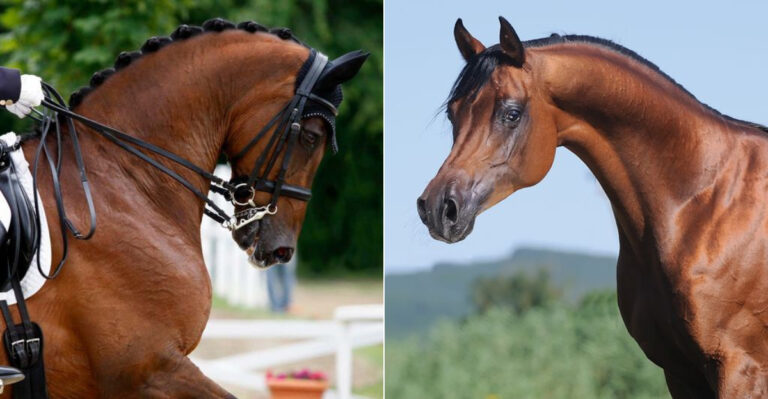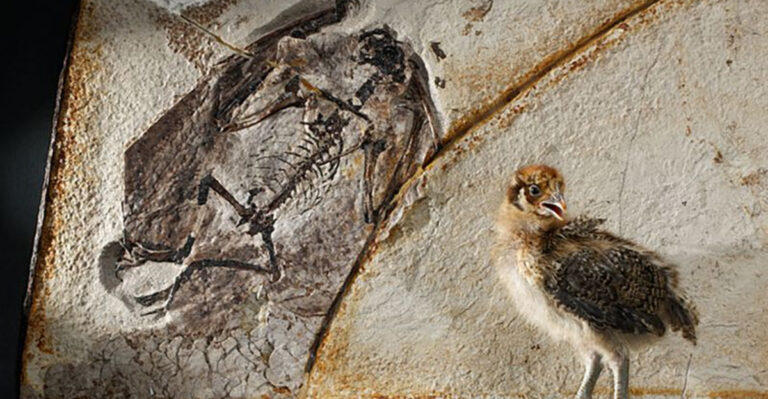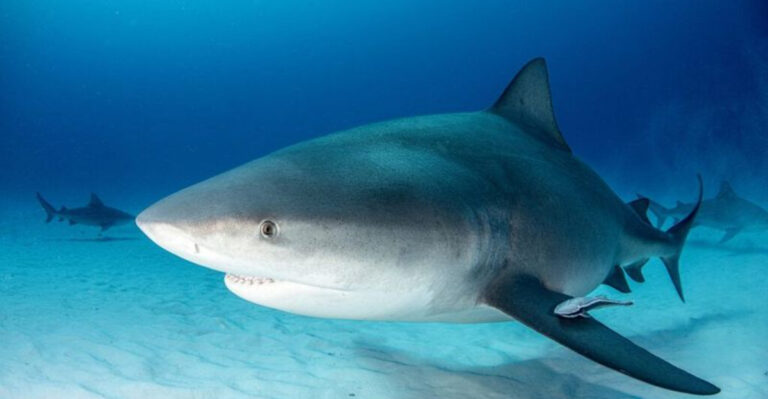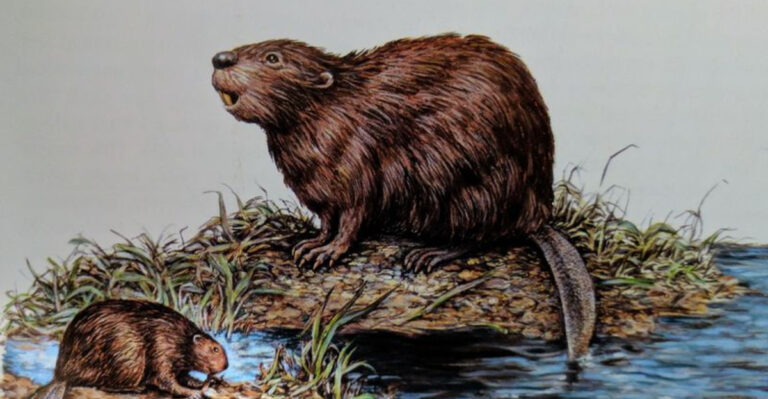9 Animals That Should Never Be Released Back Into The Wild (And 3 That You Have To Release)

Ever wonder what happens when a pet tiger gets too big for its suburban home? Or when a rescued turtle heals from its injuries?
The decision to release animals back into the wild isn’t as simple as opening a cage door. Some creatures become too dependent on humans, while others absolutely need to return to their natural habitats. Let’s explore which animals should stay in human care and which ones desperately need to go home.
1. Lion Cubs Raised By Humans
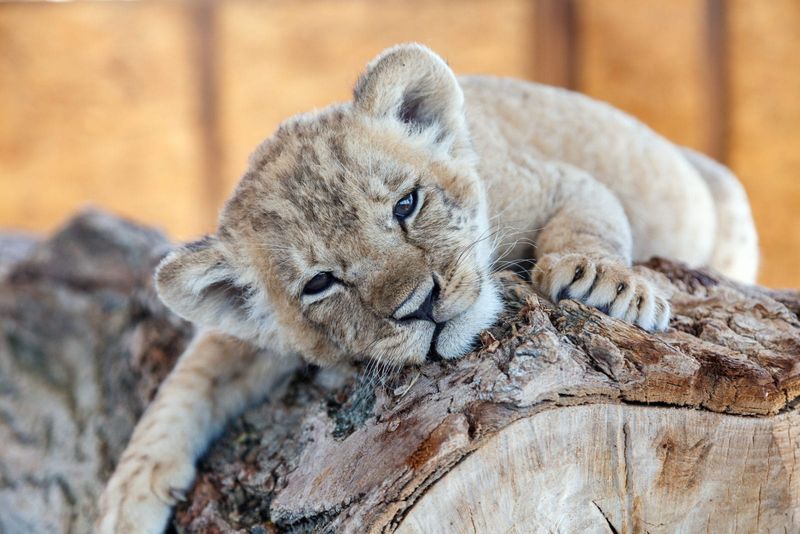
Bottle-fed from birth, these majestic felines develop a dangerous comfort around humans. They never learn essential hunting skills from their mothers, making survival impossible in the wild.
Without proper fear of people, they might approach villages or tourists, creating deadly situations. Even with the best intentions, a hand-raised lion can’t unlearn its human imprinting.
2. Pet Pythons Abandoned In Florida

Released into the Everglades by overwhelmed owners, these massive reptiles have created an ecological nightmare. With no natural predators, they’ve decimated native wildlife populations and established breeding colonies.
Many pet pythons were bred in captivity for generations, making them ill-equipped for true wild living. Their release represents one of America’s most devastating invasive species problems.
3. Goldfish Dumped In Lakes

Those innocent carnival prizes turn into monsters when released! Without the constraints of a small tank, goldfish grow enormously and wreak havoc on ecosystems.
They uproot plants, stir up sediment, and outcompete native species. In places like Australia and Canada, lakes now battle foot-long goldfish invaders. These fish reproduce rapidly, making control nearly impossible once established.
4. Domesticated Rabbits Abandoned Outdoors
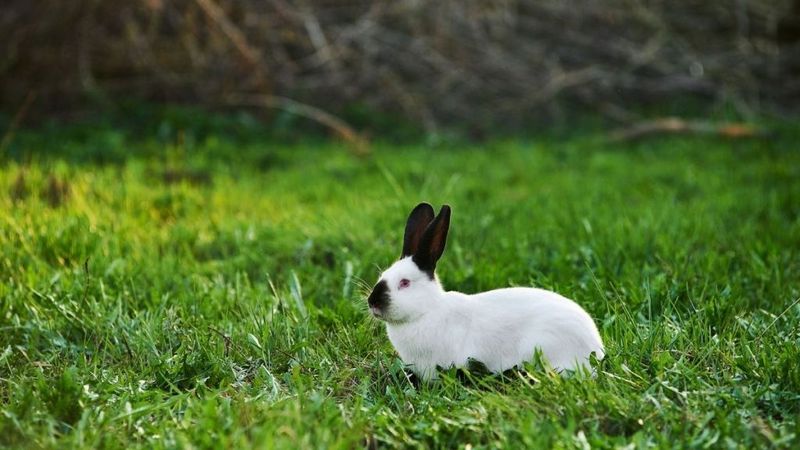
Fluffy’s bright white fur might look adorable in your living room, but it’s a death sentence in the wild. Domestic rabbits lack camouflage and natural survival instincts that wild rabbits develop from birth.
Predators spot them immediately, and they haven’t learned which plants are safe to eat. Most abandoned pet rabbits die within days, suffering from predation, starvation, or exposure.
5. Monkeys Kept As Former Pets
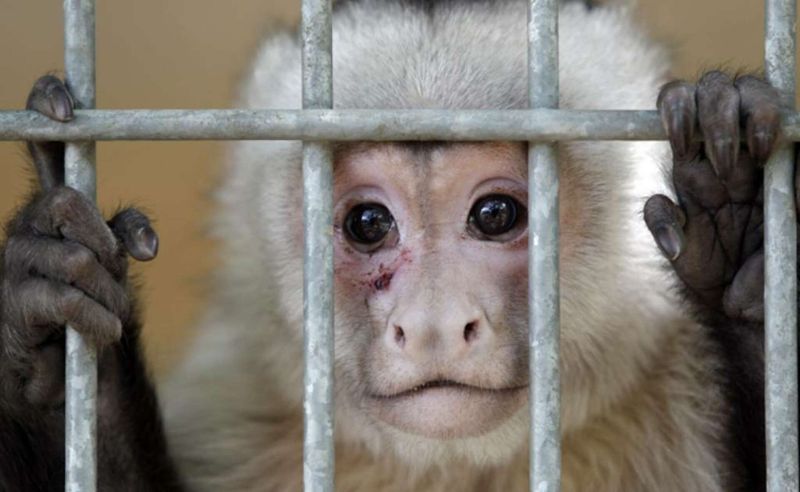
Cute baby capuchins grow into aggressive adults with specialized needs no home can provide. After years in captivity, they lack crucial social skills needed for wild monkey troops.
Released pet monkeys often can’t find food or defend themselves. They’ve also picked up human behaviors that wild monkeys don’t understand. The psychological damage from improper raising makes them unable to integrate into natural groups.
6. Hand-Raised Parrots Without Flock Skills

Chatty companion birds never develop essential survival behaviors when raised by humans from hatchlings. Wild parrot flocks use complex communication and foraging techniques that captive birds never learn. Released pet parrots often starve or fall victim to predators they don’t recognize.
Their colorful plumage, bred for human enjoyment, can also make them stand out to predators in ways their wild counterparts don’t.
7. Zoo-Born Tigers Without Hunting Experience
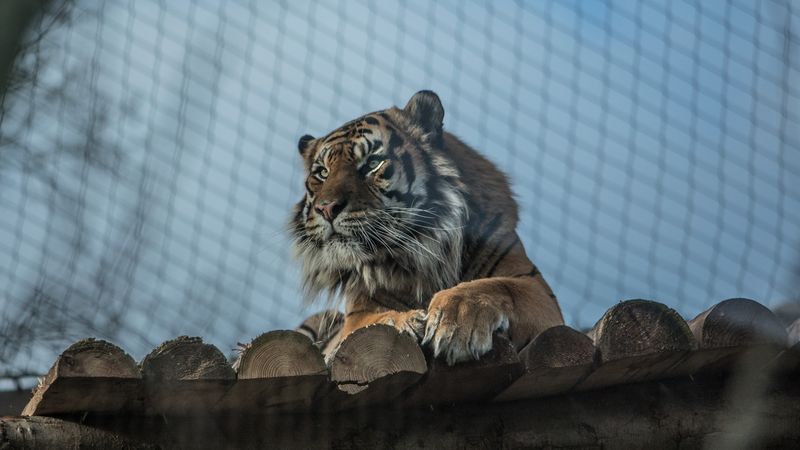
Magnificent stripes and powerful muscles mean nothing without mom’s hunting lessons. Tigers born in captivity never learn to stalk, pounce, and kill – skills that take years of practice in the wild.
Released captive tigers often starve or turn to easy prey like livestock, creating conflict with humans. Their attraction to people from years of feeding routines makes them particularly dangerous if released.
8. Classroom Turtles Dumped In Local Ponds

Red-eared sliders make popular classroom pets but create ecological chaos when released. These non-native turtles outcompete local species for basking spots and food resources.
Many carry diseases that wild populations haven’t encountered. Their aggressive nature and adaptability have made them one of the world’s worst invasive species. Even well-meaning teachers releasing end-of-year pets cause significant environmental harm.
9. Wolfdogs From Failed Exotic Pet Situations

Too wild for homes but too tame for forests, these magnificent hybrids exist in a tragic middle ground. With wolf content varying widely, they often lack the fear of humans needed for wild survival. Their domestic dog traits make pack acceptance unlikely among true wolves. Released wolfdogs frequently approach humans for food or starve when unable to hunt effectively. They represent the heartbreaking consequences of breeding wild and domestic animals.
10. Rehabilitated Sea Turtles Ready For Ocean Return
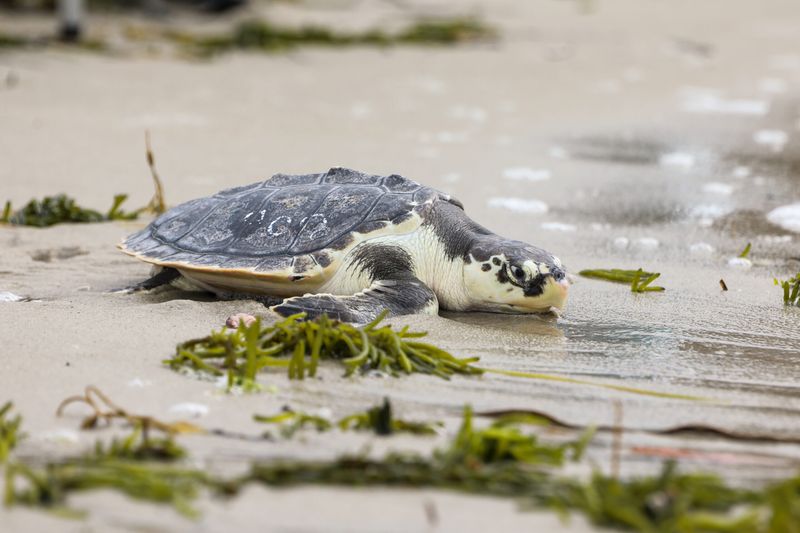
After healing from fishing line entanglements or boat strikes, these ancient mariners need to resume their ocean journeys. Keeping them captive disrupts critical migration patterns that sea turtles have followed for millions of years.
Their return contributes to endangered population recovery efforts. Properly rehabilitated sea turtles retain their wild instincts and can successfully reintegrate into natural habitats, making their release essential for conservation.
11. Orphaned Squirrels Raised For Release

Found pink and hairless after storms knock down nests, these tiny mammals require specialized rehabilitation. Unlike many pets, squirrels raised with proper protocols maintain their wild nature and fear of humans. Dedicated wildlife rehabilitators use minimal handling and teach natural foraging. These techniques ensure orphaned squirrels develop proper wild behaviors. Their successful return helps maintain healthy urban wildlife populations and ecological balance.
12. Migratory Birds After Oil Spill Cleanup

Covered in thick crude oil, these birds arrive at wildlife centers barely recognizable. After careful washing and rehabilitation, their natural waterproofing and flight capabilities return. Keeping these birds captive would prevent essential seasonal migrations.
Their instinctual navigation systems remain intact despite temporary human care. Their release represents a small victory in the ongoing battle against environmental contamination and habitat destruction.

